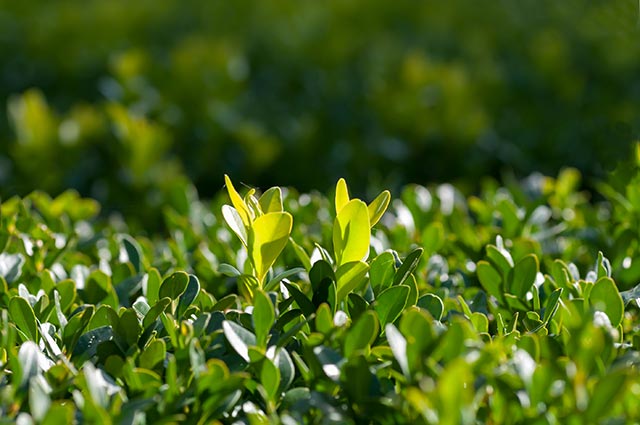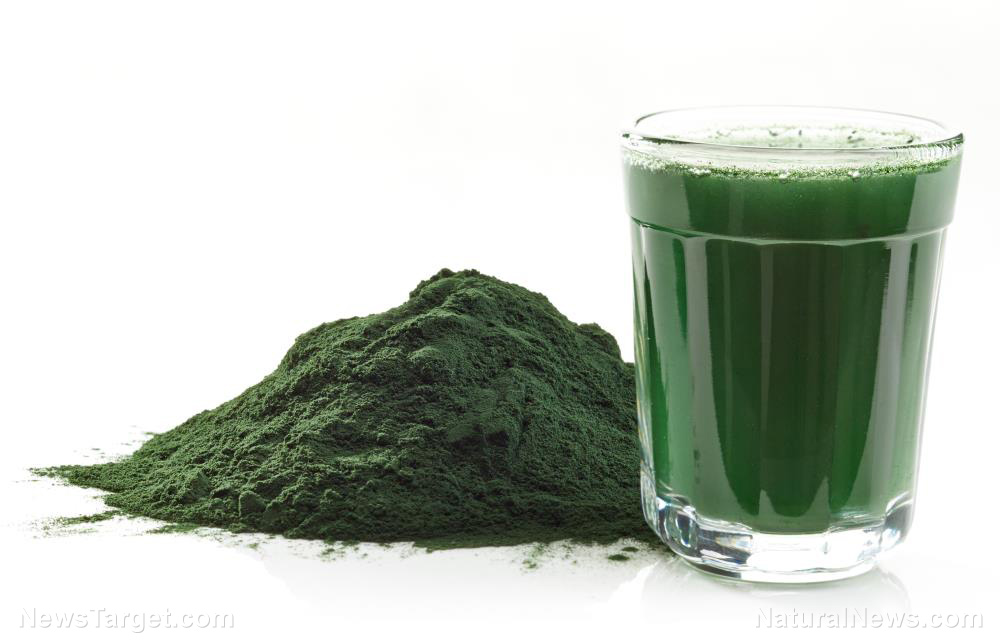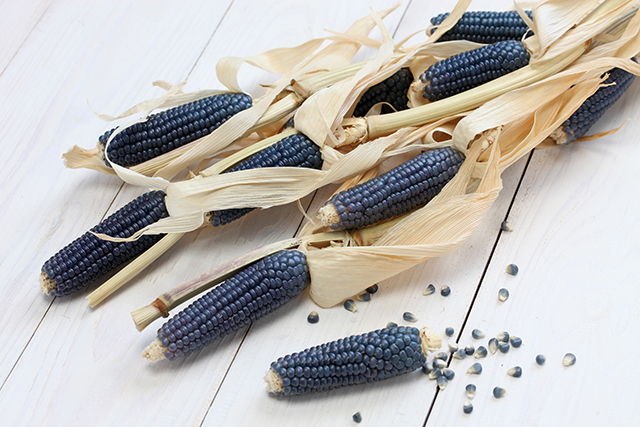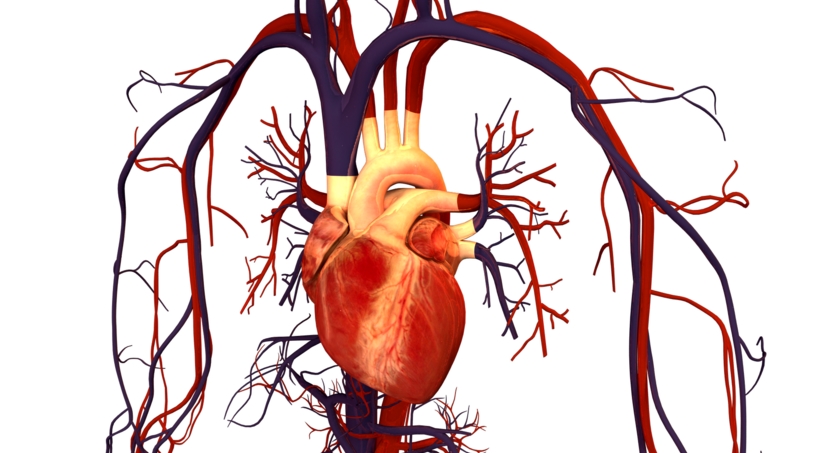An ethnomedicine from the Himalayas naturally clears the airways and is useful in treating cardiovascular disease
10/19/2018 / By Ralph Flores

The Himalayas isn’t just a good place to climb mountains: Recent studies have shown that it’s also a treasure trove of medicinal plants used to treat various diseases. A study published in BMC Complementary and Alternative Medicine found that a species of boxwood (Buxus spp.) has potential therapeutic properties against disorders that affect the gut, airways, and even the heart and its blood vessels.
A team of scientists from Pakistan, together with the Harvard School of Public Health, found that a type of box plant locally known as shamshad (B. papillosa) can relieve muscle spasms, dilate the respiratory airways and blood vessels, and prevent cardiac inhibitory reflex (a condition that can potentially lead to unexpected death).
In northern Pakistan and the Himalayas, shamshad is used in traditional medicine to treat a range of conditions, including skin diseases, headaches, rheumatism, and even malaria. It’s also been widely studied, where scientists have found it to relieve diarrhea, reduce gastric secretions, and improve cardiac and brain functions.
For the study, the team obtained extracts from the aerial parts (those areas that are exposed to the air) and the roots of shamshad. The leaf extracts, in particular, were processed further to get fractions using hexane and water. These were then tested using cells extracted from guinea pig and rabbit animal models, which included preparations from the jejunum, atrium, aorta, and trachea. In addition to in vitro studies, the team also looked at the phytochemical profile of the plant.
The results revealed that shamshad extracts exhibited antispasmodic (that is, the ability to prevent spasms) properties, partly due to its ability to block calcium channels. In pharmacology, calcium channel blockers (CCBs) – also referred to as calcium antagonists – relax the smooth involuntary muscles found in blood vessels and the gut. CCBs are mainly used to relax the muscle in the arterial walls and are usually prescribed to people with hypertension, chest pain, and Raynaud’s phenomenon. This was evident in the results of the in vitro tests, with sampled muscles from the rabbit jejunum relaxing from spontaneous contractions after it was exposed to the plant extracts. The CCB properties displayed by the extracts were comparable to that of verapamil, a prescription drug used to relax vascular muscles.
It was also able to significantly relax the contractions in the windpipe after it was exposed to potassium chloride and carbachol, as well as show dose-dependent properties on aortic rings that were treated with phenylephrine and potassium to mimic contractions. Similar results were also seen in guinea pig atria preparations, with the aqueous fraction of the plant being effective in suppressing atrial force of contractions.
“These results reveal that Buxus papillosa possesses antispasmodic, bronchodilatory, vasodilator and cardiac inhibitory effects.,” the researchers concluded in their report. “This study provides scientific evidence for its potential therapeutic application in hyperactive gastrointestinal, respiratory and cardiovascular disorders.” (Related: Concerned about cancer, inflammation, memory loss or diabetes? ‘Holy Fruit of the Himalayas’ can help.)
Other medicinal plants found in the Himalayas
It’s not just boxwood that has multiple health benefits which can be found in the Himalayas, a study in Medicines listed at least 116 aromatic medicinal plant species found in the region. Here are some of the plants, together with their health benefits.
- Sweet flag (Acorus calamus) – A paste made from the leaves of the plant is used by traditional healers in India and Pakistan to heal wounds, while the rhizomes are able to treat coughs, colds, and a sore throat.
- Hemp (Cannabis sativa) – The plant is used by locals in Nepal to treat stomach problems, as well as skin diseases, wounds, and cuts.
- Tarragon (Artemisia dracunculus) – A variant found in the region is unique from its French and Russian counterparts, given its unique phytonutrient composition.
- Camphor (Cinnamomum camphora) – In Nepal, the essential oils from camphor are used to cure bronchitis, colds, and even dysentery.
- Oregano (Origanum vulgare) – Studies have shown that oregano grown in the northwestern regions are packed with phenols with potent antimicrobial properties.
Learn more about boxwood and its other benefits by following Herbs.news today.
Sources include:
Tagged Under: alternative medicine, boxwood, Buxus papillosa, cardiovascular disease, cyclomicrobuxine, ethnomedicine, herbal medicine, Himalayas, medicinal plants, natural cures, natural medicine, plant cures, relaxant, vasodilator



















